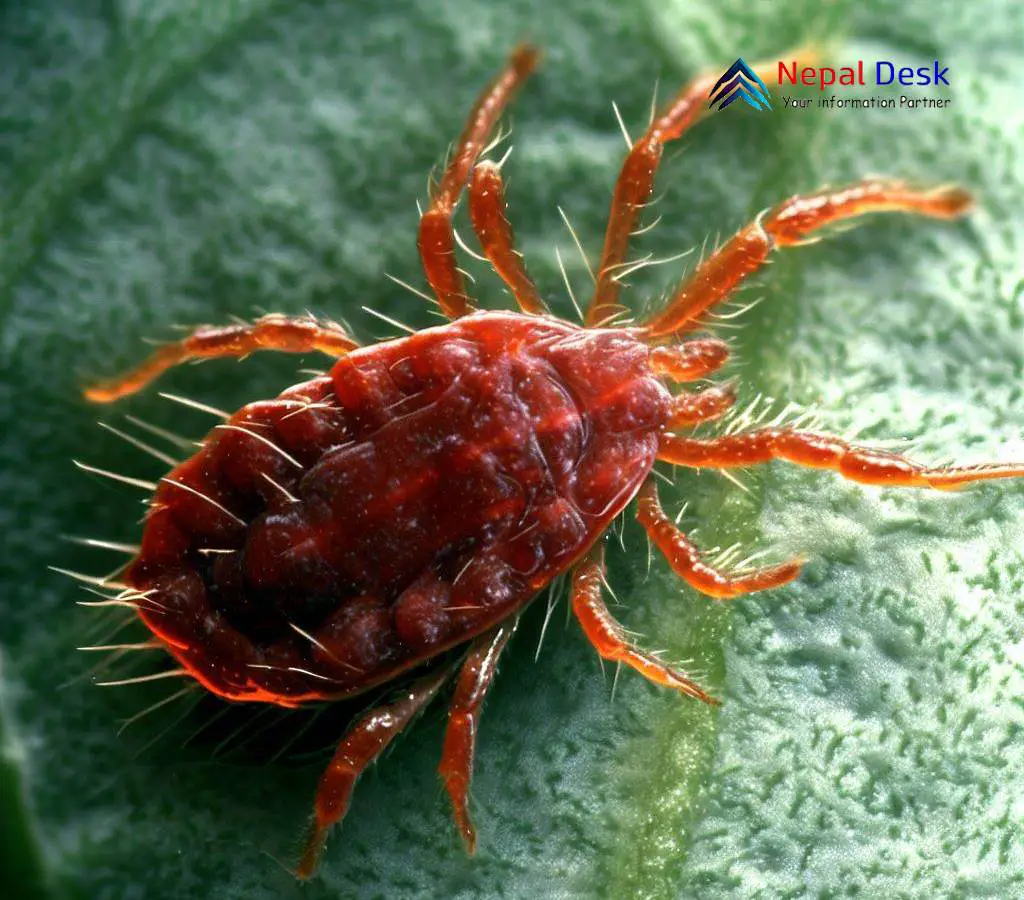Scrub Typhus in Nepal: A Growing Concern for Tourists
Published Date

Published Date
Explore the recent surge in scrub typhus cases in Nepal and its implications for tourists. Stay informed and travel safely with our comprehensive guide.
⏱ 2 min read
KATHMANDU - As Nepal continues to be a popular destination for trekkers, mountaineers, and tourists from around the world, a recent surge in scrub typhus cases raises concerns for the health and safety of visitors. Over 2,200 individuals have been infected with scrub typhus this year alone, according to a recent report from the Kathmandu Post.
Scrub typhus, also known as bush typhus, is a mite-borne infectious disease caused by the parasite Orientia tsutsugamushi. Humans contract the disease when bitten by infected chiggers (larval mites) commonly found in mice. Symptoms include high fever, headache, abdominal pain, joint and muscle pain, red rash, nausea, and vomiting. If not treated promptly, the infection can lead to severe complications such as respiratory distress, organ failure, and even death.
The disease saw a significant rise in cases following the devastating 2015 earthquakes in Nepal. The calamity, which resulted in the death of nearly 9,000 individuals, also paved the way for a scrub typhus outbreak. By the end of 2015, 101 cases were confirmed across 16 districts, with eight fatalities. The situation escalated in 2016, with 831 reported cases and 14 deaths. Recent data from the Ministry of Health and Population indicates a steady increase in cases over the years, with more than 2,900 cases reported in 2022.
For tourists planning to visit Nepal, it's essential to be aware of the risks and take preventive measures. While the government supplies essential antibiotics like doxycycline and azithromycin to health facilities for free distribution, there is a concerning lack of knowledge among health workers regarding the diagnosis of scrub typhus. Additionally, many health facilities are ill-equipped to test for the disease.
Gokarna Dahal, chief of the Vector Control Section at the Epidemiology and Disease Control Division, emphasized the importance of local and provincial governments in containing the spread of infections. He stated, "It is not possible to supply testing kits sufficiently from a federal agency to all the health facilities across the country."
For tourists, it's recommended to wear protective clothing, use insect repellents, and stay informed about the areas with reported cases. Early diagnosis and treatment are crucial to prevent severe complications.
As Nepal continues to welcome visitors from around the globe, it's imperative for both the government and tourists to be vigilant and proactive in addressing the scrub typhus threat.
